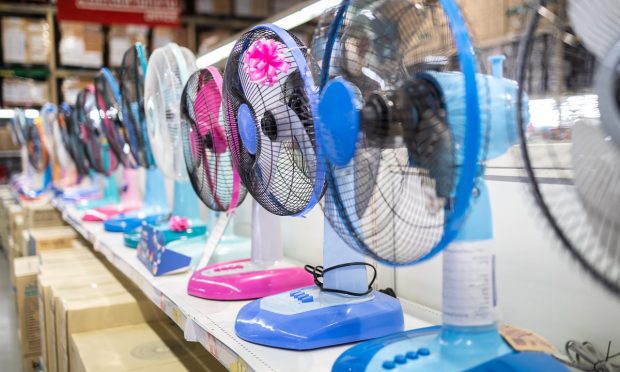‘Big Ticket’ Retailers Look to Home Equity as Sales Savior

With nearly three-quarters of the U.S. population currently contending with a heat wave, consumer demand for fans, air conditioners, water toys and more will surely be brisk this week, providing retailers with a much-needed boost in business from their cash-strapped customers.
But while this pre-summer swelter will offer a brief blip in sales, the fact remains that once temperatures return to normal, the pre-existing retail climate will return with it, along with inventory issues, declining sales and increasingly stressed consumers.
The problem, however, is that unlike the weather, the double crunch hit of high inflation and rising borrowing costs that is currently crushing consumers won’t be gone in a few days, or probably even a few quarters.
In fact, with the Federal Reserve signing off on the sharpest single-day increase in its benchmark rate in 28 years Wednesday (June 15), the back end of the inflation-interest rate equation is set to get even worse, and in doing so, further darken an already weak retail sales environment — especially for discretionary and “big ticket” items.
“The velocity of this move has been staggering: 30 Year fixed mortgage rates at 6.28% versus 5.50% last week,” Stephanie Link, chief investment strategist at Hightower Advisors said in a tweet Wednesday about the rising cost of home loans within a broader rate environment that is seeing all consumer borrowing costs going up.
Home Depot’s Defense
Few retailers have more exposure to housing and mortgage rates than Home Depot, which told investors last month that virtually all of its sales to professional customers were on behalf of homeowners, and that over 90% of its DIY customers were also homeowners.
While noting that home price appreciation was the primary driver of home improvement demand and spending, the Atlanta-based retailer said a 40% increase in home equity value over the past two years implied that consumers “have the means to spend,” Home Depot CFO Richard CFO McPhail said on the company’s Q1 earnings call in mid-May.
“The homeowner has never had a balance sheet that looks like this,” McPhail said. “In surveys our customers tell us that their homes have never been more important, and their intent to do projects of all sizes has never been higher and our Pros say the same thing about their backlogs,” he added.
As much as current borrowing costs have jumped, McPhail said 95% of existing homeowners were staying in place and therefore not shopping for a mortgage, and that 93% of these property owners also had fixed-rate loans, meaning they have no exposure to rising rates, while another 40% own their home outright.
“When you think about our addressable market, the vast majority aren’t really paying attention to mortgage rates,” McPhail said. “They’re actually more and more tempted to stay in their low, fixed rate mortgage and remodel their home instead. So these low locked-in mortgages are probably a benefit to home improvement.”
To be sure, Home Depot and its peers and rivals are far from immune to the present blast of macroeconomic challenges, as its stock has shed 35% year to date.
Take Best Buy, for example, which is looking to keep the recent run of demand intact for the pricey appliances, home entertainment systems and computers and home office gear that it sells.
To do so, the Minnesota-based operator of over 1,100 locations and an eCommerce business is ramping up its service business, as well as a new subscription model and a home pickup trade-in program, all aimed at supporting revenue growth and adapting to a changing consumer.
“In Q1, we took in 135,000 trade-in units from customers,” Best Buy CEO Corie Barry said three weeks ago when discussing the retailer’s Q1 results. “Not only does our trade-in program keep products out of landfills, our customers typically spend 3x the amount they received on their trade-in on new products.”
While acknowledging that a great deal of uncertainty still exists, and that the impact of higher gas and food prices and rising interest rates were partly responsible for its lowered same store sales forecast, there were also underlying positives in the market too.
“Consumers still have relatively strong balance sheets, they continue to spend, wages are up and unemployment is at record lows,” Barry said.
